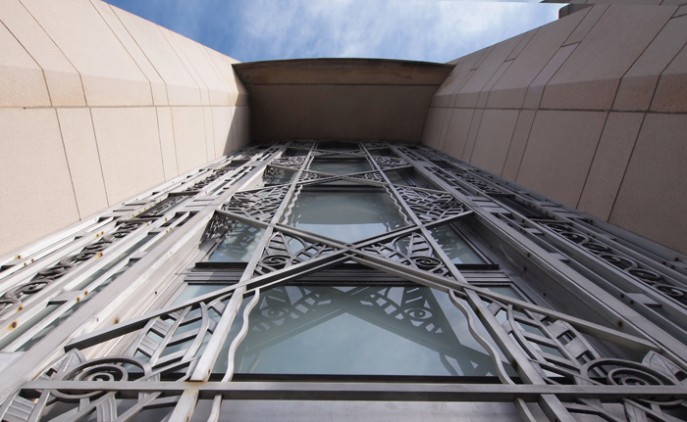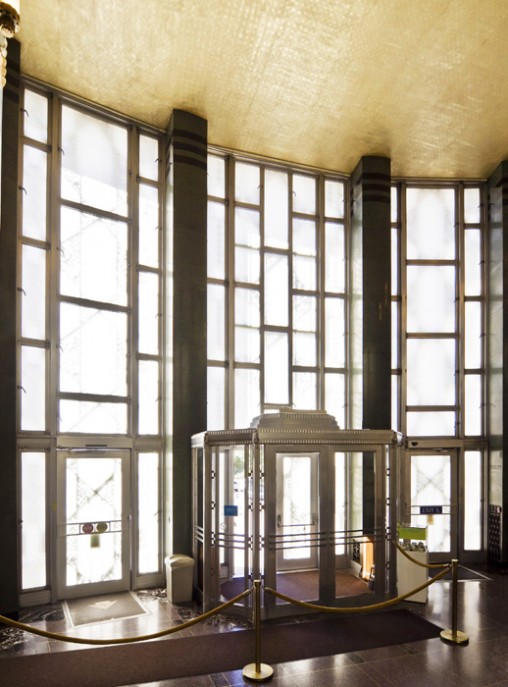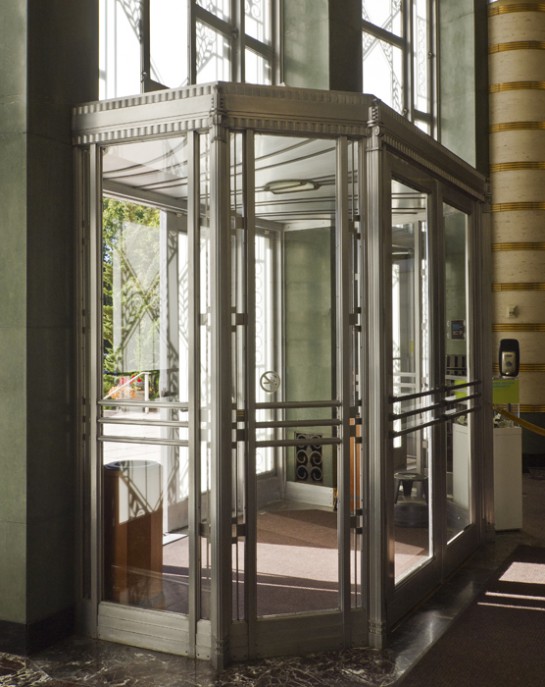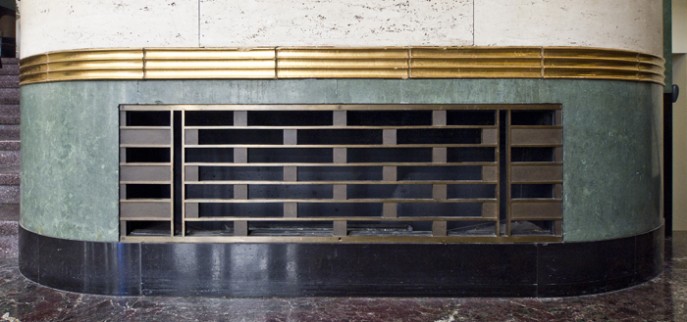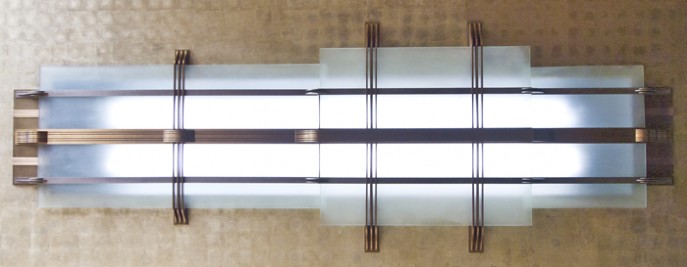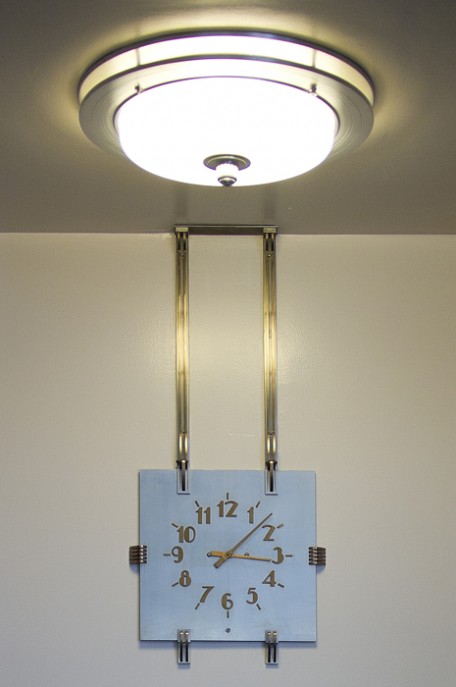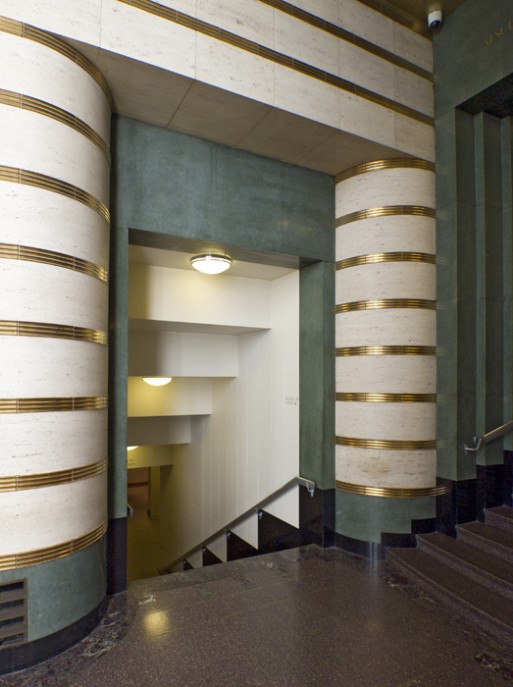The Seattle Asian Art Museum (SAAM) in Capitol Hill’s Volunteer Park is a splendid building housing a magnificent collection of ancient and contemporary art. Designed by the Seattle firm Bebb and Gould (designers of many noteworthy structures in Seattle, including many prominent homes on Capitol Hill) and built in 1933, it originally housed the entire collection of the Seattle Art Museum. Set within Volunteer Park, SAAM shares its museum-in-the-park setting with other museums, including the Metropolitan Museum of Art, whose home is in New York City’s Central Park. As private collections predated by centuries those offered for public view, the museum-in-the-park typology finds precedent in that of the manor house in the landscape of either a noble’s estate in Europe or that of the landed elite of the East coast of the United States. Both the museum and the public garden are places of leisure, and their pairing is sensible, for sure, and allows for a full day’s outing both in and out-or-doors. In this tradition, SAAM and Volunteer Park present no less compelling a pairing than their historic or big city predecessors.
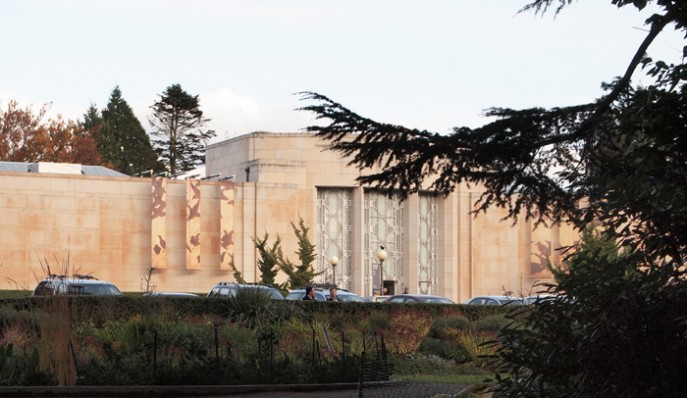
Art-deco (approximately the style in which SAAM was designed), to my mind, has always had a somewhat precarious and undervalued place within the history of modernist design. It never garnered the serious attention paid to many other 20th century movements, because it was seen, perhaps, as only a pleasant if not too serious ‘scenic’ detour along the thoroughfare of the more rigorous, international style modernism that eclipsed it. Architects, especially, like to see modernism as the built manifestation of industrialization and of the Enlightenment’s goal of human progress. Modernism’s emphasis on functionality, abstraction, and a machine aesthetic are well known. While modernist, art deco was perhaps too populist an expression of modernism’s machine aesthetic ideology, leading to deco’s being ultimately and sadly dismissed by ‘serious’ practitioners and their academies in favor of more somber fare. Ironically, deco’s embellishment with organic motifs and stylized figures doomed it to a short life even if those embellishments were crafted in the same materials, precision, means of that modernism propounded. Given its rather short life and relatively meager legacy, we are fortunate indeed to have such a building as SAAM, and that it is open to all to relish in.
Among modern materials aluminum figures prominently, including in many art deco designs such as at SAAM. While not a new material, aluminum’s manufacturing costs had been significantly reduced by the late 19th and early 20th century making it more readily available (until then, it was priced as was silver). As important to its new, ready availability, was aluminum’s light-weight, corrosion resistance, and excellent casting characteristics -- the perfect combination of qualities for the ornamental metal work sought by art deco architects. Add to that the fact these qualities allowed it to be utilized in its pure and visually uncompromised form (by being either polished or clear anodized – not painted) and you have the almost perfect ‘new’ material for the ‘new’ architecture, with no Seattle example better (art deco or otherwise) than in the spectacular aluminum screens and doors that comprise the entry at SAAM. With its organic motifs, shininess, and casting precision, the entry screen ranks among the best architectural features of any building in our city. And, dare I say, many an architect’s current fetish with screening and de-materializing could learn much from the effectiveness of SAAM’s entry screens in achieving those same qualities, the full effectiveness of which are realized best upon entry into SAAM (so go ahead, go in!).
Upon entering SAAM, one is impressed by a lobby that is of a grandeur befitting not only the institution itself, but also of the powerful design vocabulary offered by art deco. Still in a relatively early stage of modernism, art deco had to resolve many new and modern functional requirements, oftentimes without the off-the-shelf products available to today’s practitioners. Things that are now easily ordered from a vendor’s product line were either unavailable or were sufficiently rare enough that the architect had to design those elements themselves. In the skillful hands of SAAM’s architects, such commonalities as air grills, light fixtures, clocks, or doors became objects d’art in-and-of themselves, and are a testament to a comprehensiveness of design mostly absent from today’s buildings. While it is true that standardization has made such objects much more attainable (and therefore useful), there is something lamentable in this loss of design-in-depth. There is no escaping the observation that despite their adding of flourishes to such functional objects, there is an underlying and guiding reliance on streamlined aesthetic resulting from industrial manufacture – an aesthetic that (is essentially the same and) holds its own against a more ideologically correct modernism.
This being art deco, there is more to see than stylized architectural furnishings in SAAM. Gold foil, polished and richly veined marbles, and of course, curved surfaces abound. Despite this potentially chaotic assemblage of luxurious materials and forms, there is a skill in their assembly at SAAM that creates not only sumptuous spaces, but adds a dignity and refinement befitting of the art contained within -- which is the focus of the next post -- the architecture of the galleries themselves.

